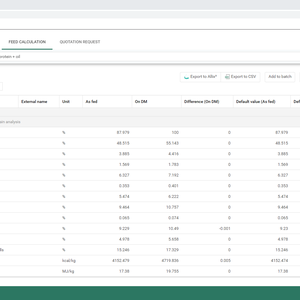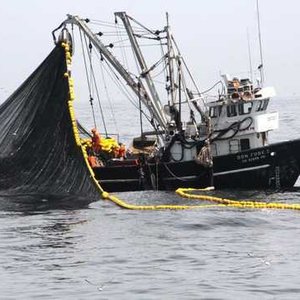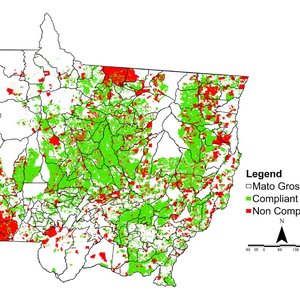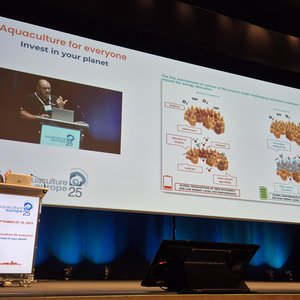Bühler has developed a string of technologies and capabilities to offer total rearing and processing solutions for the insect industry. “Our proposition to the market is to support the industry through solutions that produce and process a range of insect species,” said Andreas Aepli, CEO Bühler Insect Technology Solutions. The first industrial black soldier fly plant opened in June this year. Bühler is now in the execution of a new facility for a second species, the yellow mealworm. A first project has been started in the Netherlands with a pig farmer.
The yellow mealworm (Tenebrio molitor) offers interesting market opportunities in predominantly food applications. They have a great nutritional value which includes proteins, fatty acids, vitamins, minerals, and dietary fibers. Thus, they are already used in various food products with very attractive marketing concepts. While the mealworm market has shown significant growth in the last years, the global market size is predicted to even exceed its current growth rate. In addition, mealworm farming could offer a new and stable production and commercialization outlook for farmers. Another interesting aspect of mealworm farming is the resource use. Mealworms can grow on for instance wheat bran and rice husks, by-products that many existing Bühler customers produce and could get increased value out of.
Globally, the pressure on protein is rising fast as the worldwide population is expected to rise to nearly 10 billion by 2050. The global supply of protein is under pressure due to land erosion, ocean depletion and climate change. Alternative proteins are in high demand and innovative sources such as algae, funghi, single-cell bacteria as well as insects are on the rise. Insects offer one of the biggest potentials as they can be produced anywhere in the world and can be used almost directly as a high-quality source of nutrition and protein.
Advertisement











